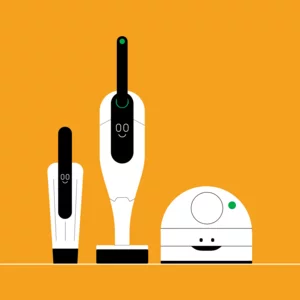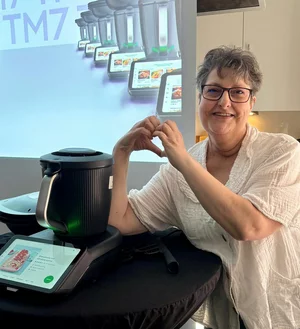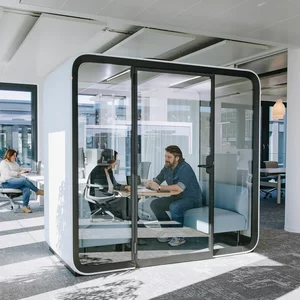Inspired
by you!
An essay
We have all experienced those fleeting yet magic moments – the ones in which creativity blooms, people come together, and new perspectives open up: moments of inspiration. And in our unique Vorwerk community, inspiration is something that is never in short supply. All of you in the community – advisors, customers and employees – share your ingenuity, passion, new ideas and unendingly surprising perspectives. The content spans everything from your unforgettable demonstration evenings and new recipe development to product innovations such as the Thermomix® TM7. You’ll find more about that later in the report.
What would Vorwerk be without you? Frankly, nothing at all! Our success is built by you. Your passion powers our progress and continuing existence. You make our community meaningful by enthusiastically sharing experience and ideas. But what is this special power of inspiration; how is its transformative effect expressed and how does it build community? This essay seeks to answer those questions. Let it inspire you!





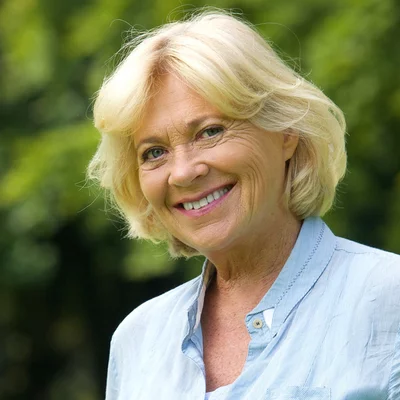







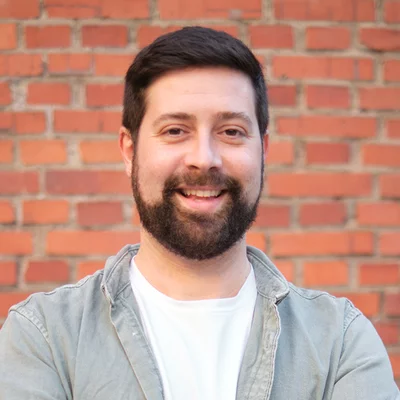
Fleeting moments
You know how it happens: a stimulating conversation – even a very short one; a brief message; a spine-tingling melody; a poster that strikes you in passing; momentary eye contact with a stranger; even out of the blue during a quiet moment on the train – and a fantastic idea suddenly just arrives in your head. It is often exactly these fleeting encounters that spontaneously spark connections in your mind and set off the creative process. Someone might see, hear, smell, feel something and suddenly they have a brilliant flash of inspiration.
Moments of inspiration
Throughout history there are many examples of small chance occurrences leading to major insights and inventions. The British natural scientist Isaac Newton (1642 – 1726) reportedly hit upon his theory of gravity – one of the foundational laws of physics – due to a falling apple. Swiss-French architect, painter and furniture designer Le Corbusier (1887 – 1965) was influenced by the beauty ideal of the golden ratio1, on which basis he developed the “Modulor” approach, a system of proportions for designing harmonious, functional buildings.
French designer Yves Saint Laurent (1936 – 2008), one of the most important figures in 20th-century fashion, revealed that his 1988 collections were inspired by Vincent van Gogh’s (1853 – 1890) “The Starry Night”, one of the best-known works in Western art history.
When sparks fly
Enough about history. The phenomenon of inspiration is such a fascinating one that the world of science is trying to understand how it happens. What takes place in our brain when we are inspired? Things will get a bit complicated now, because the sudden flash of a brilliant idea is the result of highly complex brain activity. Neuroscientist Alice Flaherty2, from Massachusetts General Hospital, has demonstrated that the process particularly involves the medial prefrontal cortex (MPFC) and the dopaminergic reward system. The MPFC is responsible for creative thought and associations, while dopamine, a “happy hormone”, strengthens motivation and reward. This neurotransmitter creates a sense of enthusiasm and drive – which is exactly what makes the Vorwerk community so creative.
The Default Mode Network (DMN)3 is also part of it. This is a network of regions of the brain which are active when we are relaxed, generating the freedom to daydream and let thoughts run wild. It’s the reason why so many of the best ideas come to us in the shower, when we’re walking or, of course, while cooking.
US psychologist and best-selling author Scott Barry Kaufman4 explains that inspiration is triggered by external stimuli such as new environments, unexpected encounters, or a book that touches us deeply; secondly through openness to new experiences; and thirdly by means of internal (intrinsic) motivation, when someone has a burning interest in a subject. Motivation strengthens neural links and promotes creative thought.
Big feelings
Inspiration is also associated with an increase in oxytocin, the bonding hormone, as well as serotonin, the feel-good hormone. The release of these substances in the body strengthens a feeling of connection and significance. There may be a drop in levels of the stress hormone cortisol in the blood too; this makes you feel relaxed but at the same time energised.
So you see, it’s no coincidence when a large, diverse community like ours becomes a place of so much stimulation, encouragement and enthusiasm. Expect more magical moments in this report. Count on it!

